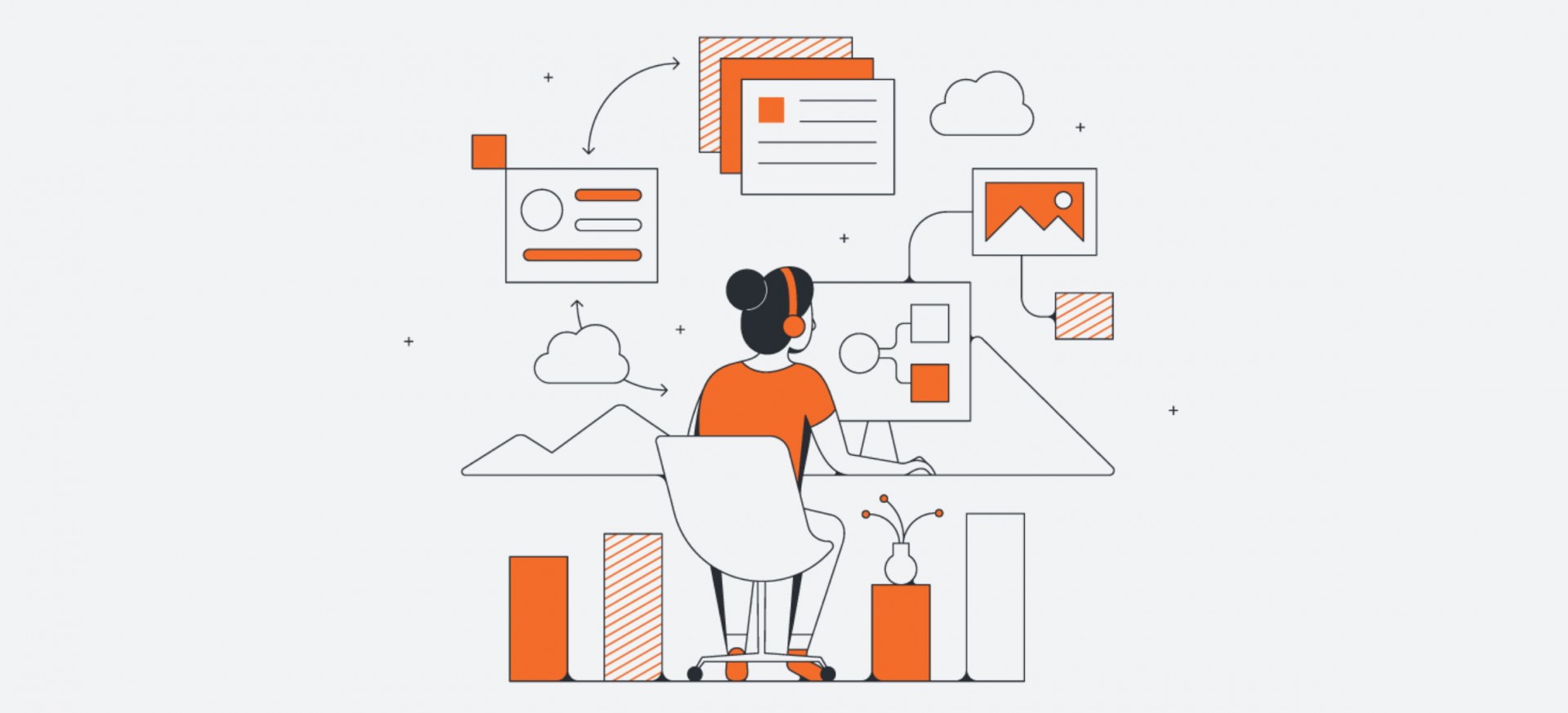Technical documentation is a mandatory set of records that AI providers must create and maintain under the EU AI Act, especially for high-risk AI systems. It serves as evidence that the system was designed, developed, tested, and deployed in compliance with applicable legal, ethical, and safety requirements. Documentation must be detailed, up-to-date, and readily available for inspection by market surveillance authorities or Notified Bodies.

1. Background and Establishment
In regulated industries—from pharmaceuticals to aviation—technical documentation is the bedrock of compliance. It enables authorities to trace how a product was developed, what risks were considered, and how safety was assured.
The EU Artificial Intelligence Act extends this principle to AI. Under Annex IV, AI providers must create comprehensive documentation for each high-risk system they place on the EU market. This is not a passive archive—it’s an active accountability mechanism, linking each technical decision to regulatory standards.
2. Purpose and Role in the EU AI Ecosystem
Technical documentation fulfills several essential functions:
- Serves as proof of conformity with legal and technical requirements
- Enables regulators and auditors to verify system safety and lawfulness
- Facilitates post-market monitoring and corrective action when issues arise
- Provides internal alignment between technical, legal, and ethical teams
- Enhances transparency, trust, and market readiness
Without robust documentation, even a well-intentioned AI system may be deemed non-compliant.
3. Key Contributions and Impact
Proper technical documentation can:
- Accelerate the conformity assessment process
- Limit legal exposure in case of system malfunction or complaints
- Support smoother engagement with Notified Bodies and regulatory authorities
- Clarify roles and responsibilities across the AI development lifecycle
- Serve as a living record for continuous improvement, audits, and updates
In short, documentation is not just about compliance—it’s about institutional memory, legal defense, and ethical assurance.
4. Connection to the EU AI Act and the EU AI Safety Alliance
The legal foundation for technical documentation lies in:
- Article 11 – Requires providers of high-risk AI systems to draw up and maintain technical documentation
- Annex IV – Specifies the contents of this documentation, including:
- General system description and intended purpose
- Design specifications and architecture
- Risk management procedures
- Data governance and training/testing datasets
- Accuracy, robustness, and cybersecurity measures
- Human oversight strategies
- Compliance with harmonized standards or common specifications
The EU AI Safety Alliance assists with:
- Annex IV-compliant documentation templates
- Pre-assessment reviews and audit simulations
- Tools for automating traceability logs and risk registers
- Guidance on harmonized standards like ISO/IEC 42001, CEN-CENELEC JTC 21, and GDPR compatibility
By working with the Alliance, providers ensure that their documentation is not only complete—but strategically aligned with EU expectations.
5. Who Is Responsible for Technical Documentation?
The obligation primarily lies with the AI provider, but successful documentation often requires inputs from:
- AI engineers and developers – System architecture, training data, performance metrics
- Compliance officers – Legal mapping and regulatory annotations
- Data scientists – Dataset origin, preprocessing, and validation protocols
- Risk managers – Risk identification, scoring, and mitigation records
- UX teams – User interface and transparency features
- Ethics and oversight committees – Review of social impact and fairness
Documentation must be collaboratively authored, systematically reviewed, and securely archived.
6. Contents of a Compliant Technical Documentation File
Per Annex IV, your documentation should include:
- System overview and intended purpose
- Design and development process
- Risk management system details (per Article 9)
- Data quality and governance information (per Article 10)
- Testing and validation results
- Transparency mechanisms (per Article 13)
- Human oversight strategies (per Article 14)
- Post-market monitoring plan (per Article 61)
- Instructions for use and system limitations
- Declaration of conformity and harmonized standard references
This file must be kept up to date, especially after modifications, incidents, or retraining events.
7. How to Build and Maintain Technical Documentation Under the EU AI Act
To operationalize documentation compliance:
- Use a structured template based on Annex IV (available via the EU AI Safety Alliance)
- Create a documentation team that includes both technical and regulatory experts
- Establish version control protocols to track updates
- Store documents in a secure, searchable, and exportable format
- Audit documentation regularly as part of your compliance program
- Integrate documentation workflows with your AI lifecycle management platform
- Ensure documentation is ready for Notified Body inspections or regulatory audits at any time
Good documentation is not built retroactively—it is embedded from the first line of code.

